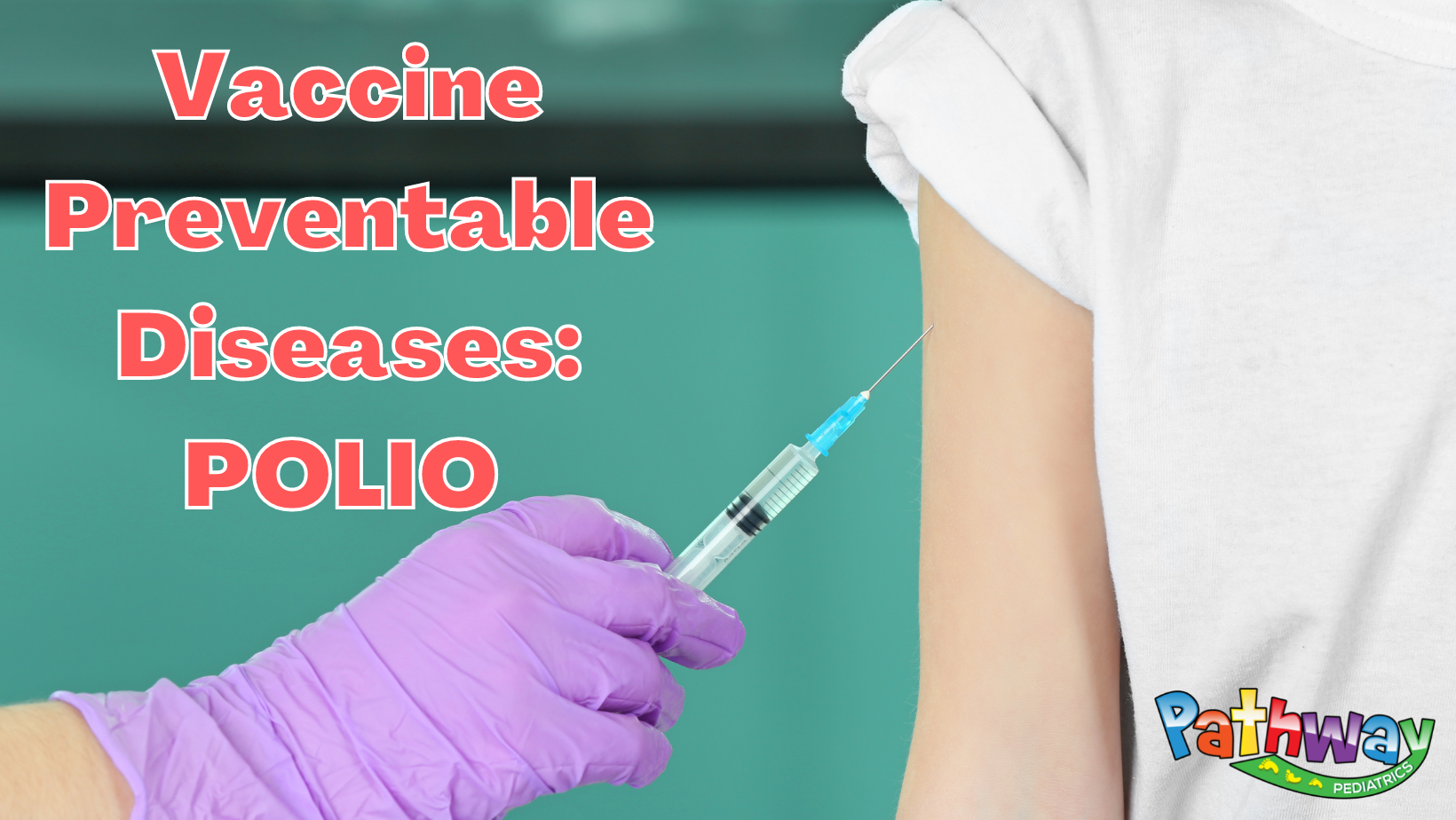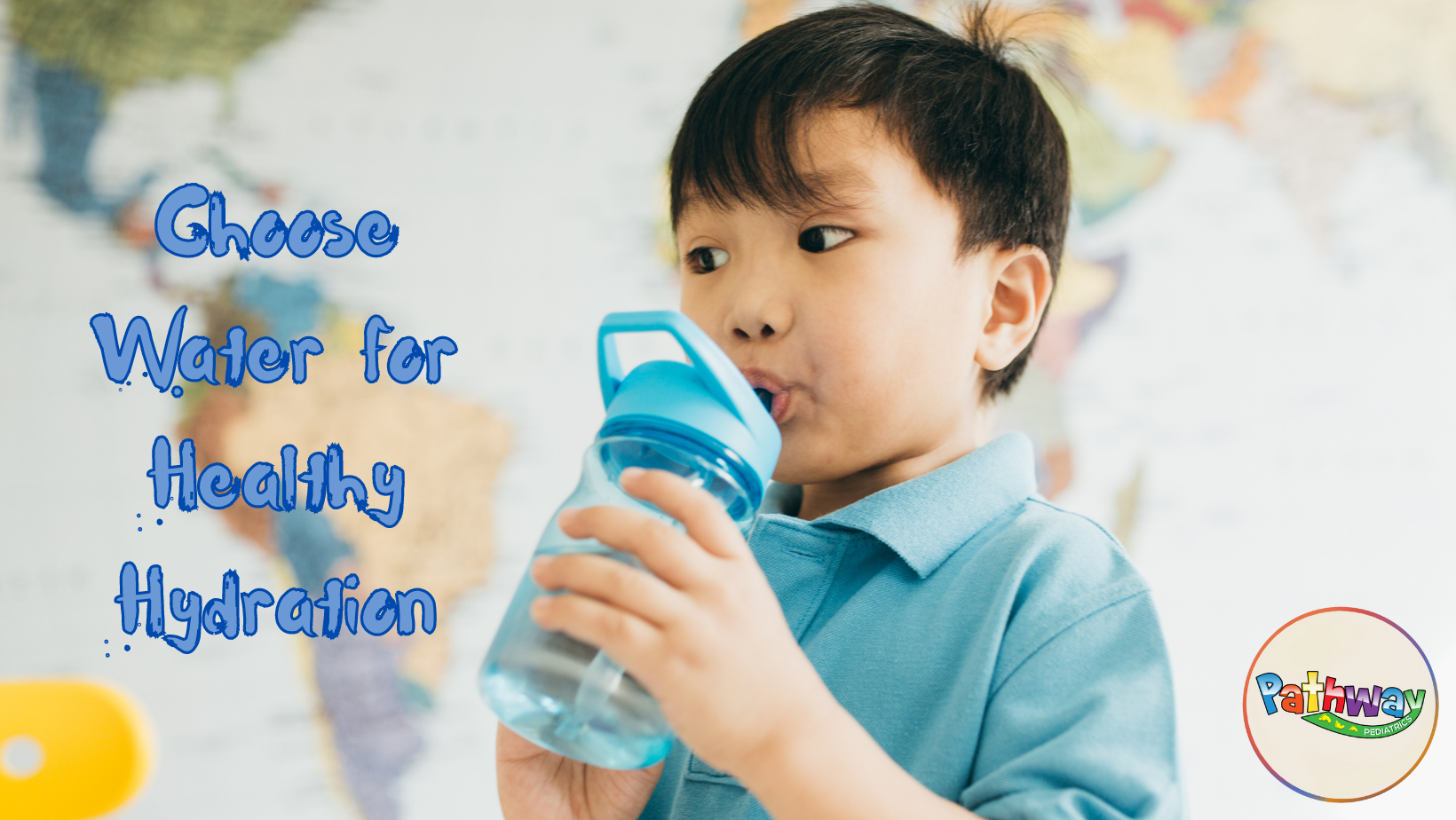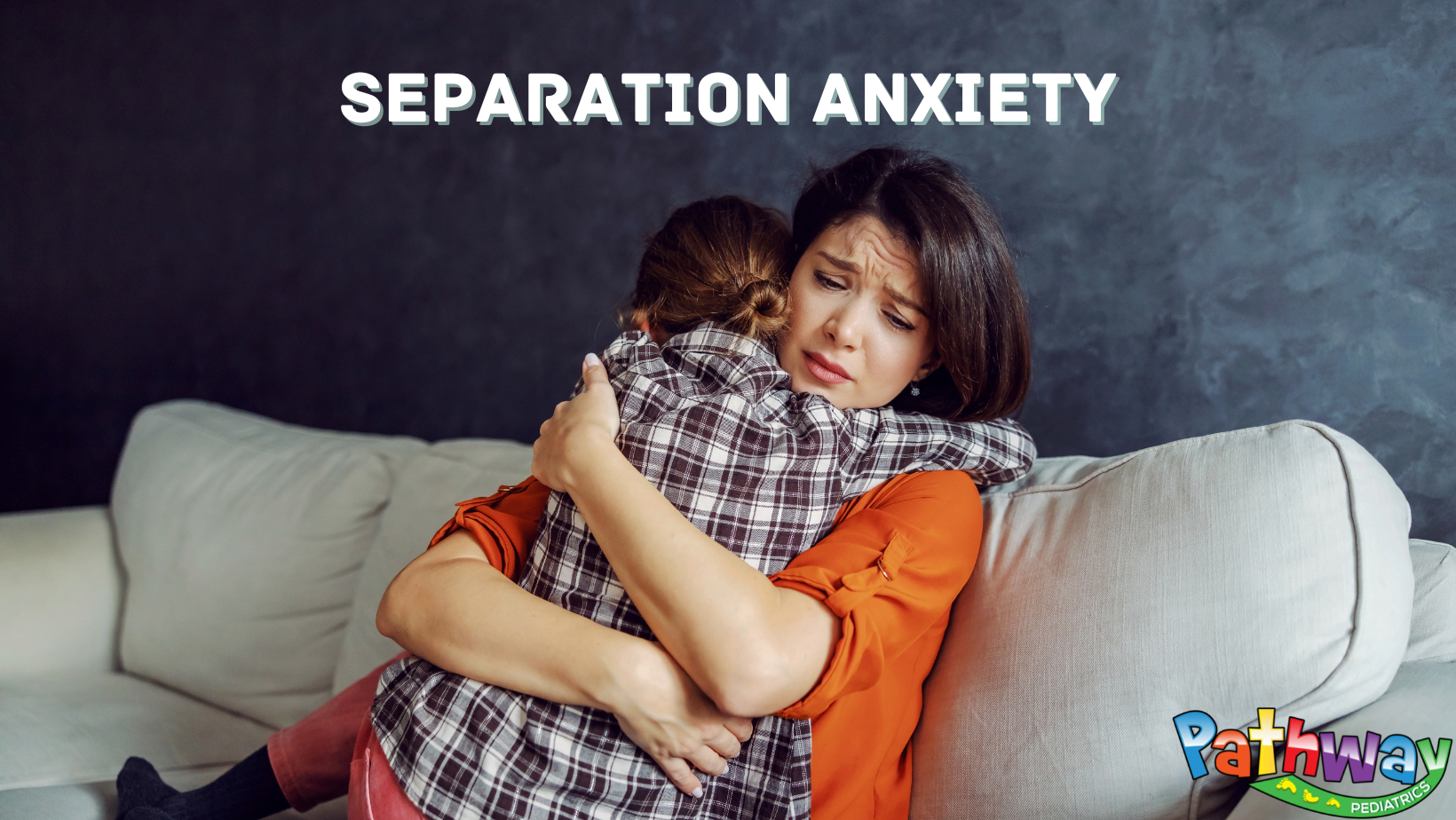
Stuttering in Toddlers & Preschoolers: What’s Typical, What’s Not?
As toddlers and preschoolers become increasingly verbal, they may begin to stumble over their words—raising concerns about stuttering. As a parent, how do you know when disfluencies are a normal part of development and when to be more concerned? Read on. What are Typical Disfluencies? It is not uncommon for young children to have disfluencies […]
September 21, 2022
read more
Playing Outside: Why It’s Important for Kids
By: Danette Glassy, MD, FAAP & Pooja Tandon, MD, FAAP No matter what the weather brings, playing outside is good for kids. There is scientific evidence that playing outside improves health, and children of all ages love it. Even as the COVID-19 virus continues to spread, outdoor time and nature exploration are safe for most […]
September 14, 2022
read more
The Many Colors of Baby Poop
Long after adjusting to parenthood and your role as principal poop watcher and wiper, you may still find yourself fretting over changes in the color of your baby’s poop. In reality, once your baby has pooped enough to get rid of the tarry meconium, all the varying shades of yellow, brown, and even green that […]
September 7, 2022
read more
Vaccine Preventable Diseases: POLIO
Polio For parents of an earlier era, polio was one of the most feared infectious diseases. Many were worried about letting their children swim in public swimming pools or get together at neighborhood movie theaters because they were afraid that their youngsters might become the next victims of polio. After the polio vaccine became widely available in the mid-1950s, the world saw a dramatic decline in this disease. Polio is caused by a virus that affects infants and young children more often than other age groups. It is spread through close person-to-person contact and can produce paralysis of the muscles. Some cases are mild, but others are much more severe, leaving people physically impaired for the rest of their lives. Thanks to the polio vaccine, the wild poliovirus has been virtually eliminated from the United States and much of the rest of the world. Signs and Symptoms For most people, polio may cause no symptoms at all. At times, however, it can impair and paralyze the arms and legs. It causes death in some people, most often when the muscles involved in breathing become paralyzed. When symptoms occur, they may begin with a low-grade fever and a sore throat, beginning about 6 to 20 days after exposure to the poliovirus. Some children may also have pain or stiffness in the back, neck, and legs, although these symptoms may not last long. When polio results in paralysis, the muscle pain can be severe. The most contagious period for polio is 7 to 10 days before the appearance of symptoms. It can continue for another 7 to 10 days after symptoms surface. No treatment is available for polio. Some children fully recover from polio, but others are disabled for a lifetime or may die from the disease. To protect your child from polio, make sure that he is properly immunized against the disease. Source: https://www.healthychildren.org/English/health-issues/vaccine-preventable-diseases/Pages/Polio.aspx
August 31, 2022
read more
Choose Water for Healthy Hydration
All living things need water to survive. Along with milk, plain water is the best drink choice for kids. Why? It’s super healthy with zero calories & no added sugar. It good for the body – keeps joints, bones and teeth healthy, helps the blood circulate, and can help kids maintain a healthy weight into […]
August 24, 2022
read more
How to Ease Your Child’s Separation Anxiety
By: Wendy Sue Swanson, MD, MBE, FAAP Separation anxiety varies WIDELY between children. Some babies become hysterical when mom is out of sight for a very short time, while other children seem to demonstrate ongoing anxiety at separations during infancy, toddlerhood, and preschool. To all you working parents The trick for surviving separation anxiety demands preparation, […]
August 10, 2022
read more